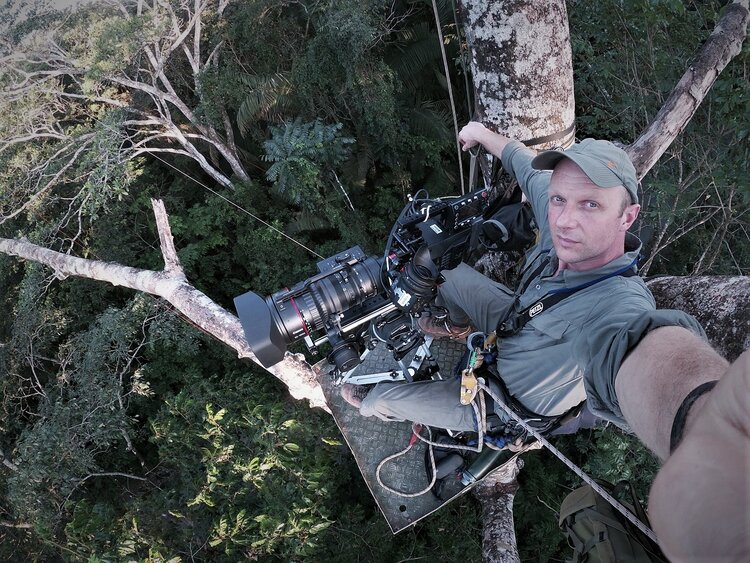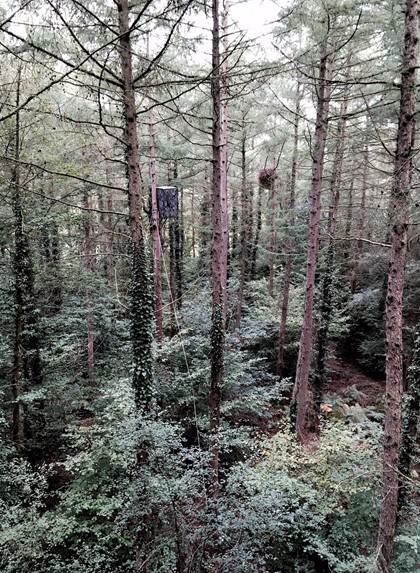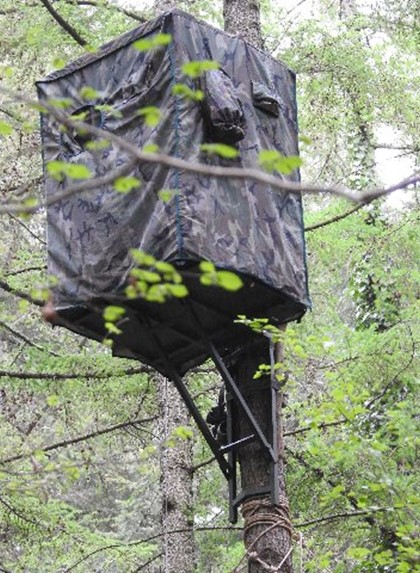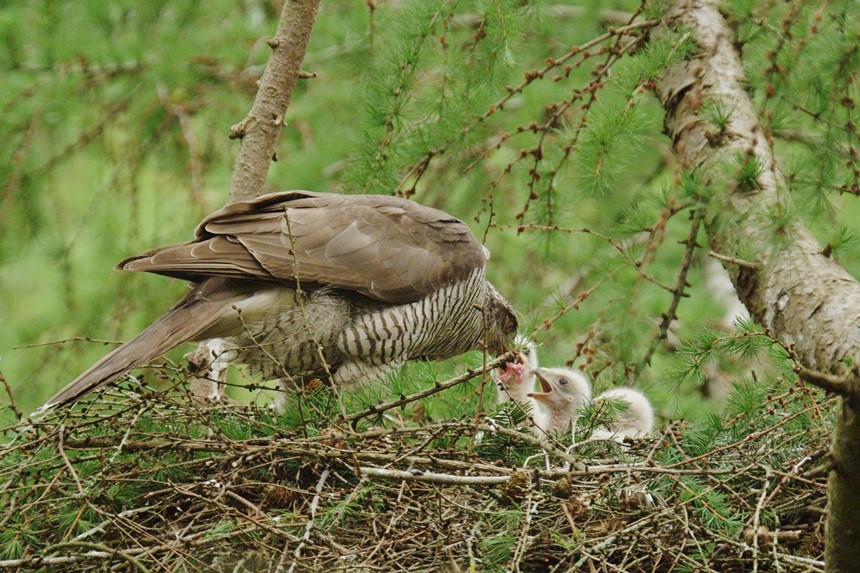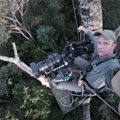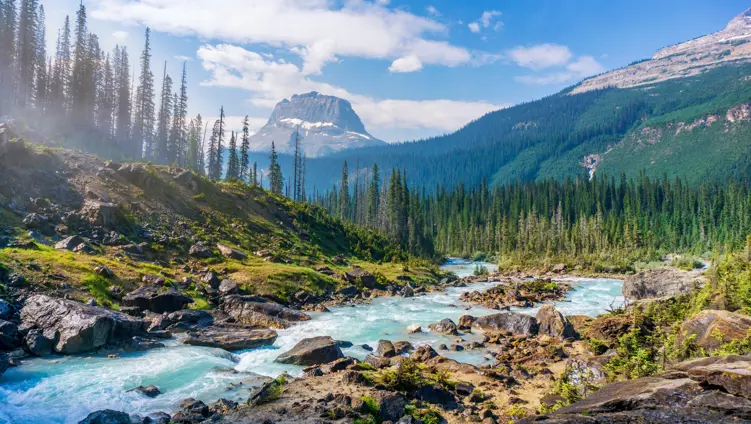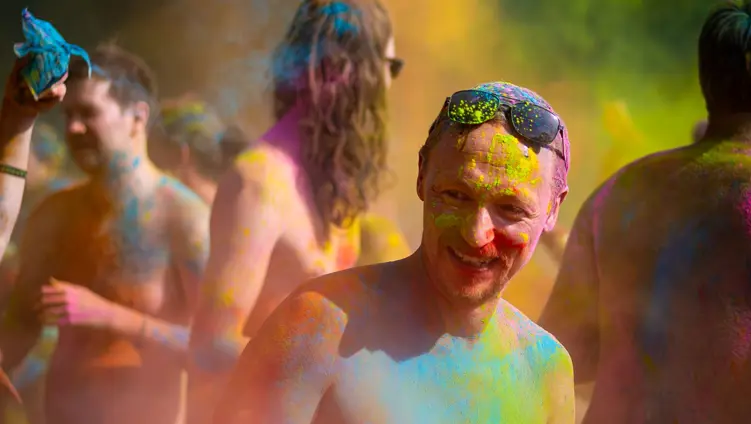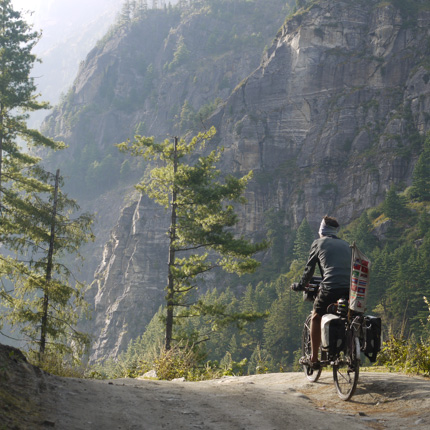How does just sitting, waiting and watching a landscape change your experience of and relationship with it?
It helps me maintain a close connection with nature. It provides perspective and a welcome reminder that there are bigger, more important forces at work beyond the everyday stress and concerns of human existence. Nature has always been there. Will always remain. And I get a lot of comfort from this. We are simply passing through and it doesn’t pay to put our own personal needs as a species in front of those of the planet.
Is there any advice you’d offer to people who aren’t sitting in hides for days, but are interested in cultivating a slower, more intimate relationship with a place? Is it as simple as just shutting up and sitting, or is there more to it?
Nope, that’s pretty much it: sit down, shut up. Lower your expectations and tune in to the outside world. Or as an old forest keeper more eloquently put it: keep still, look long and hold yourself quiet. Try and meet nature halfway by giving it time to respond. You’d be surprised how quickly it reaches out to you.


